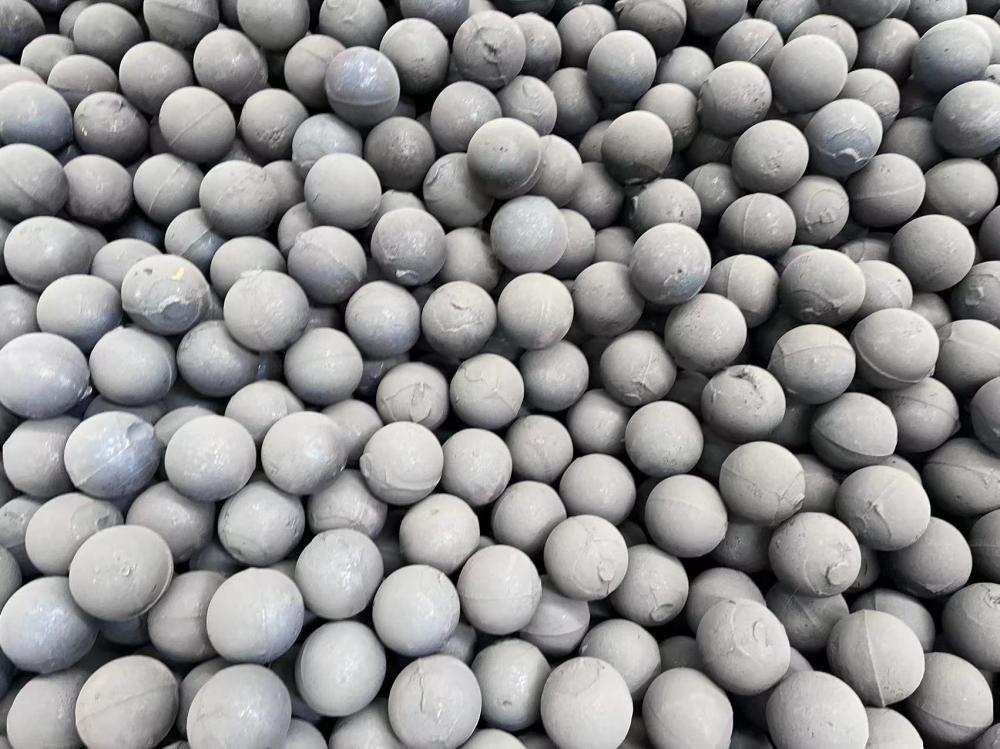Echinacea, commonly known as coneflower, can be propagated through several methods, including seed sowing, ramet propagation, and cutting. Among these, seed sowing is the most widely used technique due to its simplicity and effectiveness.
Seed sowing is typically done in late April or early September. Before sowing, the seedbed should be turned over and leveled, then watered thoroughly until the soil is fully moistened. After that, seeds are evenly scattered, ensuring each seed has about 4 square centimeters of space. The ideal germination temperature is around 22°C, and sprouts usually appear within two weeks. Once the seedlings have developed two true leaves, they can be transplanted into individual pots or directly into the garden. When the plants reach a height of approximately 10 cm, they are ready for final planting, with a recommended spacing of 40×40 cm between each plant.

For perennial echinacea plants, ramet propagation is an effective method. This involves taking 4–5 top buds from the rhizome and planting them in a suitable growing medium. This technique is best performed during spring or autumn when the plant is not actively flowering.
Another popular method is cutting propagation. Healthy young shoots, about 5 cm in length, are taken and inserted into a sandy bed. The soil should not be overly wet, but high humidity in the air is essential for successful rooting. Under optimal conditions—around 22°C—roots should develop within 3 to 4 weeks. This method is especially useful for preserving specific varieties and ensuring genetic consistency.
(Word count: 507)Hardware Steel Ball Grinding Tools

Hardware Steel Ball Grinding Tools,Alloy Tool Casting Steel,High Hardness Alloy Cast Ball,Grinding Tool Alloy Steel Ball
Xuzhou Surun wear-resistant material Co., LTD , https://www.suruntools.com